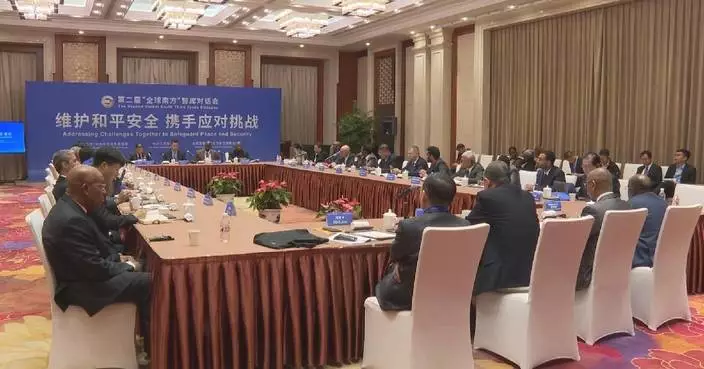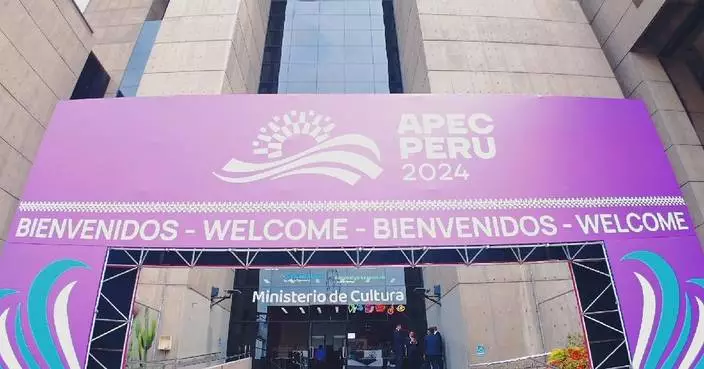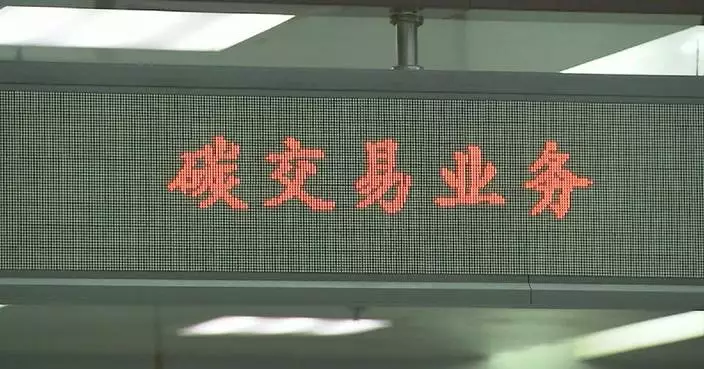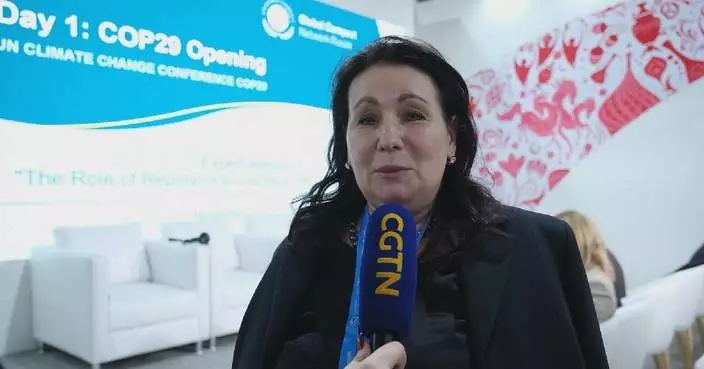The financial sector in China continued to strengthen its support for the real economy from January to April, central bank data showed Saturday.
The M2, a broad measure of money supply that covers cash in circulation and all deposits, climbed 7.2 percent year on year to 301.19 trillion yuan (about 42.48 trillion U.S. dollars) at the end of last month, according to the People's Bank of China (PBOC), China's central bank.
At the end of April, the growth of M2 fell back, which is largely attributed to the base effect. As 2023 is the first year when the impact of the COVID-19 pandemic stabilizes, the growth rate of M2 has picked up significantly.
Looking at the two-year average growth rate excluding the impact of the base, M2 grew by an average of 9.8 percent in 2023 and the first four months of 2024, which is higher than the average growth rate in the same period from 2018 to 2022.
"Recently, a number of government departments have stepped up efforts to tighten regulation, such as preventing funds from simply circulating within the financial sector and preventing banks from manually adjusting interest rates in violation of interest rate regulations. So a considerable number of bogus and irregular deposits and loans has been reduced, which helps fight data fraud in the short term. Therefore, on the whole, financial aggregates provide more solid support to the real economy in a more efficient way," said Wen Bin, chief economist of China Minsheng Bank.
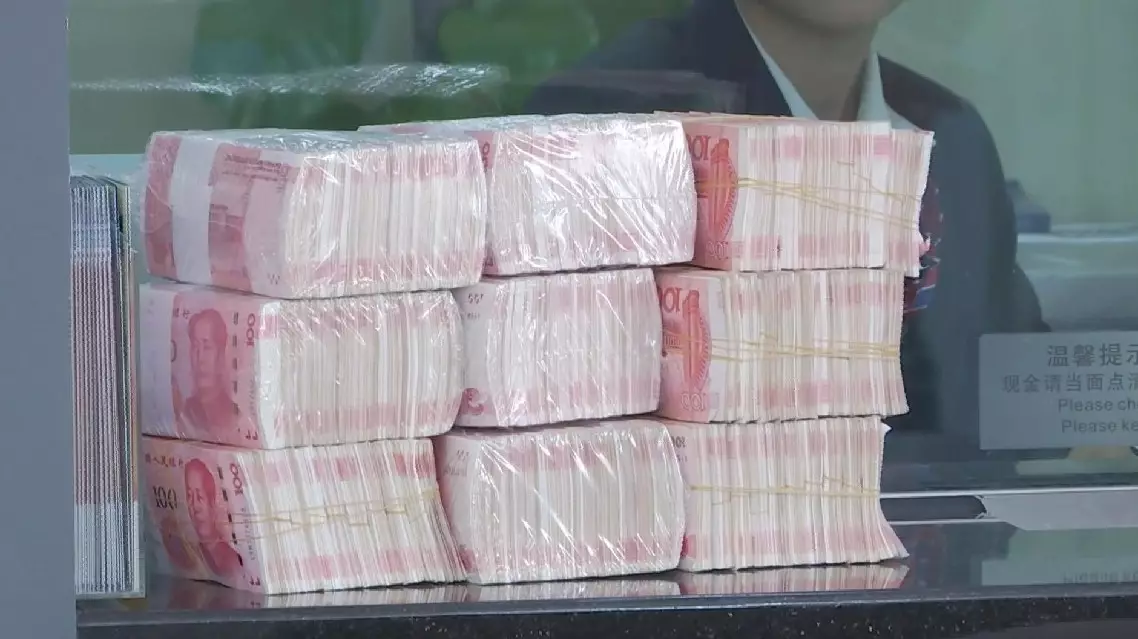
China's financial sector continues its enhanced support for real economy
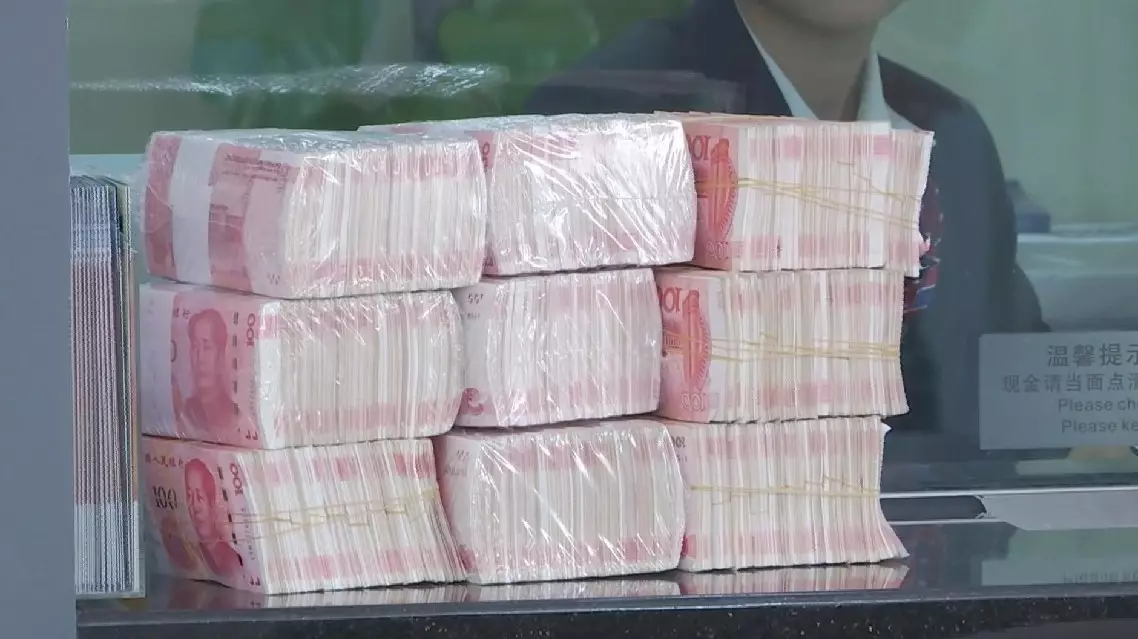
China's financial sector continues its enhanced support for real economy
As the 2024 APEC gathering commences in Lima, Peru, China's deepening partnerships with Latin American nations - bolstered by trade, investment, and the Belt and Road initiative - serves as a key example of the country's commitment to fostering inclusive economic cooperation across the Asia-Pacific region.
Under the overarching theme of "Empower. Include. Grow," APEC Peru 2024 which is running from Nov. 10-16, will bring leaders of its 21 member economies together to set the agenda for the Asia-Pacific region, with trade and investment for inclusive and interconnected growth beiamong the priority areas.
At the APEC media center next to the meeting's main venue, booths promoting new technologies and sustainable development are set up. Organizers say Peru is seeking opportunities to connect the largest markets and insert Peruvian companies in regional and global value chains.
In an opinion article posted on the website of the China Global Television Network (CGTN) last weekend, Peru's Ambassador to China Marco Balarezo wrote that exports to APEC economies represented 68.5 percent of Peru's total international transactions in 2023, and that the Asia-Pacific provides a critical region of opportunities and incorporation in the regional and global supply chains.
Chinese President Xi Jinping will attend this year's APEC Economic Leaders' Meeting and pay a state visit to Peru from Wednesday to Sunday, with this being his sixth visit to Latin America since 2013.
An updated free trade agreement (FTA) between Peru and China, set to be signed during President Xi's visit, is another example of how APEC 2024 will bolster the economy, according to Ambassador Balarezo.
China is Latin America's second-largest trading partner and main source of investment, as well as the top trading partner for many countries in the region including Peru. It has signed Free Trade Agreements with five Latin American economies and established high-quality Belt and Road cooperation with 22 Latin American and Caribbean countries. The cooperation has grown beyond traditional areas like trade, finance, and infrastructure to include newer fields such as energy, the digital economy, and aerospace.
One of the flagship cooperative projects, the China-built Chancay Megaport north of Lima, set to become fully operational shortly after the APEC meeting, is establishing Peru as a gateway for South American trade to Asian markets. Beyond that, Balarezo said Peru invites all APEC enterprises to invest in this near-term endeavor.
Since it started over 30 years ago, APEC has turned into a powerful driver of economic growth and one of the most important forums in the Asia-Pacific region. With 21 member economies, APEC represents around 62 percent of the world's GDP and nearly half of global trade.
APEC is the first regional economic cooperation organization that China joined back in 1991. Experts believe China has accelerated the pace of opening up through APEC cooperation and has provided huge opportunities for economic and trade development in the Asia-Pacific region.

Strengthened China-Latin America ties epitomize APEC's push for inclusive economic cooperation





